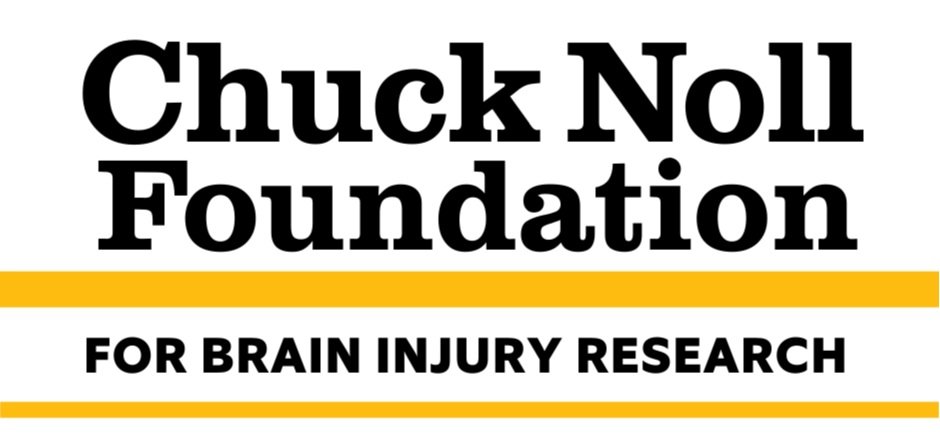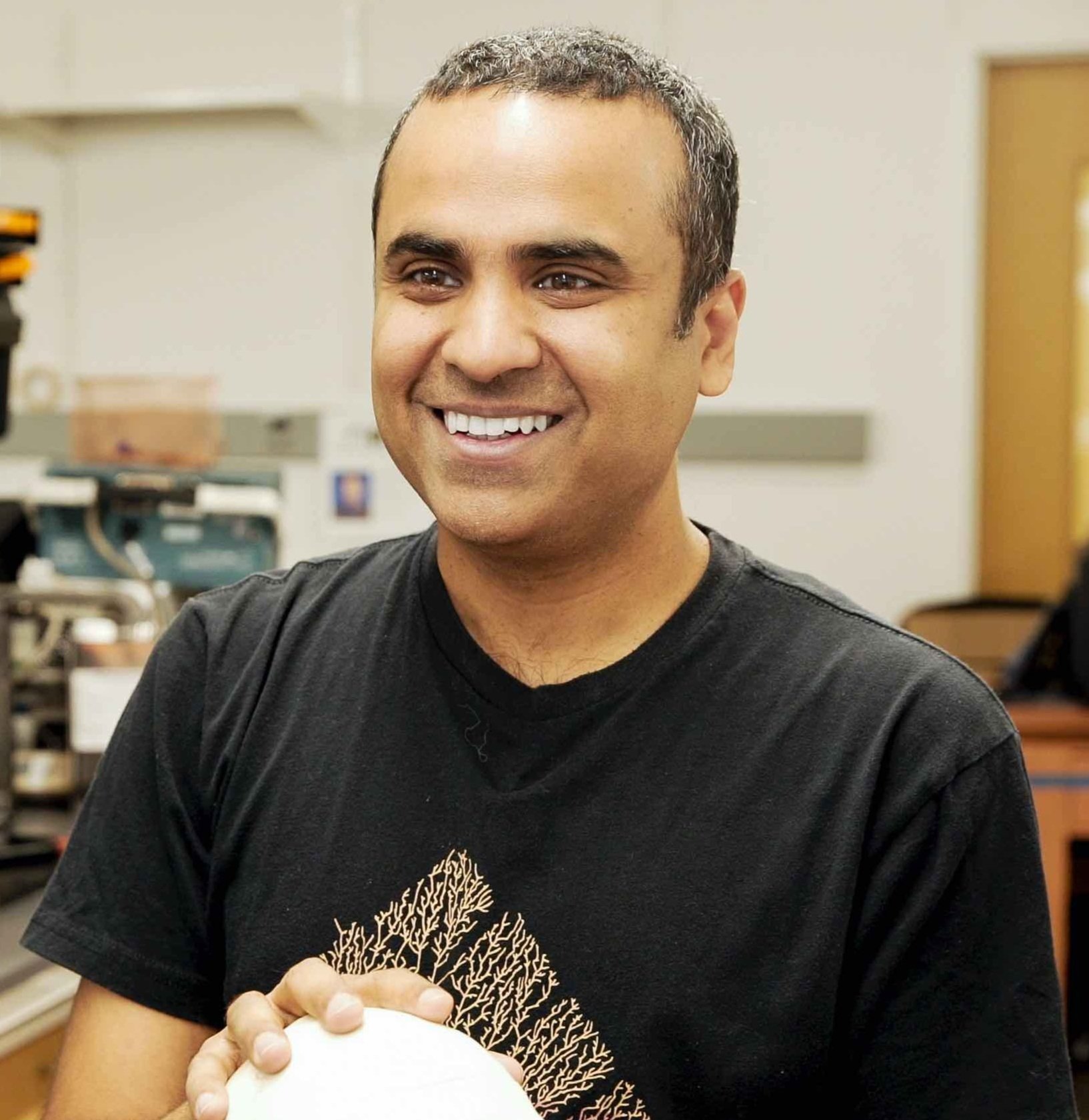Making (Brain) Waves with Dr. Pulkit Grover
At the start of our grantmaking we knew there was more than enough potential in the local colleges, universities, and research centers to make incredible strides on concussion and brain injury research right here in Pittsburgh. What we had not anticipated, was finding such an important facet of funding right away: early stage, seed funding meant to go toward the fundamental building blocks of larger, more robust research.
One such project is that of Dr. Pulkit Grover and his team at Carnegie Mellon University. The project, “Novel systems for concussion monitoring and treatment: automated detection and suppression of Brain Tsunamis” received three years of funding from the Foundation and serves as a primary example of why early funding for innovative ideas has become our top priority.
This research focused on “Brain Tsunamis,” as Dr. Grover’s team coined them, which are neural silencing waves that slowly developed on the surface of an individual’s injured brain. An injury which, when detected early enough, can allow medical professionals to address and prescribe treatment accordingly.
What sets this research apart, is that the technology to detect these “Brain Tsunamis” simply did not exist for individuals with coarse, curly hair, like that of many Black athletes, a fundamental reason behind the investigation into how emergency personnel and medical professionals can better detect, and treat these individuals.
With the funding provided by the Chuck Noll Foundation, Dr. Grover and his team developed new technology to meet this gap in treatment: goEEG, which can measure high resolution neural signals non-invasively for individuals suffering from a concussion.
Now, years after our preliminary funding has ended, this research has led to a patent for the goEEG, a submission for FDA approval, the creation of a commercialized venture, millions in additional funding, and several publications.
The Chuck Noll Foundation for Brain Injury Research is proud to support innovative, groundbreaking research like Dr. Grover’s. We look forward to continue funding projects like this and encourage you to join us in fostering this vital work for years to come.

